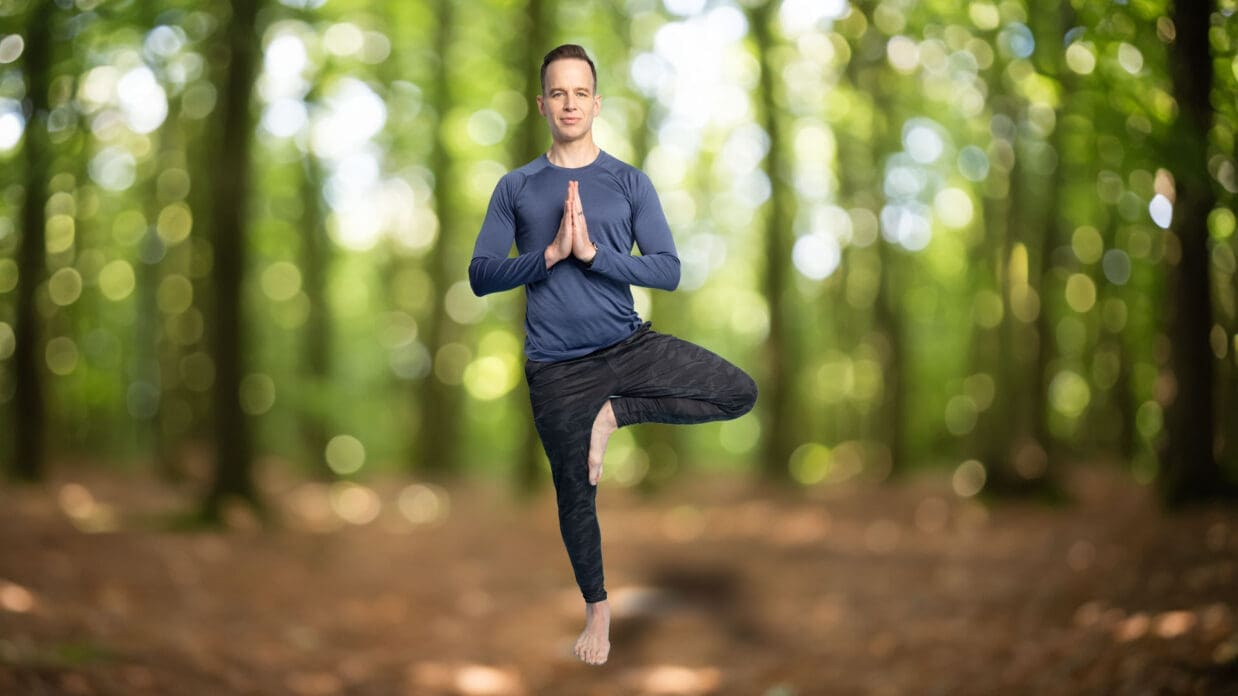As a human in the world, you have undoubtedly seen ads, read books, watched talk shows and listened to podcasts that advocate we find greater work/life balance. What that means, I realize, is that we’re supposed to “leave work at the office” so that we can spend time with our families and friends, as well as cultivate ample alone-time to pursue other hobbies and interests (like yoga and meditation).
It’s All Life
On the most rudimentary level, of course, I agree: how we spend our time can be a direct reflection of our values. If we say that we prioritize our significant others, but we never actually carve out time together, then we are certainly out-of-balance.
I would argue that this quantitative approach just barely scratches the surface of what it means to live a life truly in balance.
To be in balance from a Yogic perspective means to be fully integrated: mind, body and spirit become indistinguishable from one another. Every single action is an expression of a deeper spiritual truth. Every word, breath, thought and movement is connected inextricably from that deepest part of ourselves that is eternal.
Your soul does not distinguish between how you act at work and at home. It doesn’t know that there’s a “good reason” to be nasty to your annoying colleague but loving to your also-periodically-annoying partner, child or pet.
So How To Balance…?
Building balancing poses in Vinyasa practice is a really great way to cultivate spiritual/emotional/mental balance off the mat. Let’s take Tree Pose (Vrksasana): you’re standing on one foot and you’ve made your body asymmetrical.
Why did you do that? Why did you create a circumstance where you’re deliberately off?
There can be only one reason: because you want to find the equilibrium when things are inherently imbalanced.
And how do you do that?
You energetically fuse your legs into a single unit. But that’s not enough. You also have to steady your breath. Still, not quite enough on its own, so you steady your gaze. Even then, you wobble because your body is continuously making micro adjustments.
It is only when you come into complete and steady concentration that encompasses all that is happening that you are truly sturdy and steady. Your mind is clear, which enables you to have perfect awareness of your hips, your feet, your breath and your gaze, as well as countless external stimuli. “Aware of,” not “distracted by.”
And Now You Try it IRL…
So now the next time you find yourself in the world, you have an experience to draw on: when you have a million incoming emails, calls and texts; when you have a looming deadline; when you’re in an awkward social setting. You can literally do the same things you did in Vrkasana. You can breathe. You can let go of judgement and be present with what is actually going on. You can go inside while still receptive and aware of what’s going on outside.
You can balance.
Vinyasa Practice
Meditation Practice
Nothing that appears in this blog or on this website is intended to treat or diagnose any disorder, physical or otherwise. Always consult a physician before beginning any exercise program.
